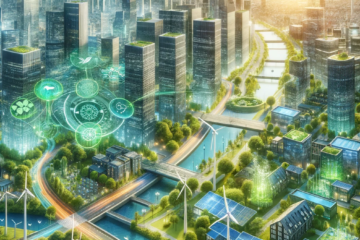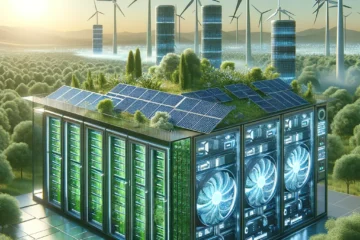It’s undeniable how technological innovations continue to reshape our world, bringing forth exciting possibilities in various fields. A fascinating frontier is the blend of technology and sustainability, and leading this charge is Virtual Reality (VR). As the world grapples with unprecedented environmental challenges, VR emerges as a powerful tool to promote sustainability.
The Emergence of Virtual Reality
The concept of VR, though popularized in recent decades, traces its origins back to the 1950s. However, it is only in the 21st century, with the advent of more sophisticated computing technology, that VR has found applications in numerous industries, from gaming to education, healthcare to real estate, and now, sustainability.
Immersive Experiences, Real-world Impact
The true power of VR lies in its ability to create immersive experiences that can significantly influence people’s perceptions and behaviors. It provides a firsthand experience of the devastating impacts of climate change, resource depletion, and other environmental issues in a way that no report or documentary can match.
Understanding Climate Change
VR documentaries like “This is Climate Change” let viewers experience the realities of climate change from a first-person perspective. This approach makes the abstract and often distant concept of climate change more immediate and personal, inspiring viewers to take action.
Training for Sustainability
Moreover, VR is revolutionizing environmental education and training. It offers an interactive platform where users can learn about eco-friendly practices, biodiversity conservation, and sustainable urban planning. From virtual forest conservation games to simulated sustainable city designs, VR’s potential in education is boundless.
Designing Sustainable Solutions
VR isn’t just about creating awareness; it’s also a tool for designing sustainable solutions. Engineers and architects use VR to create and test sustainable building designs in a cost-effective, risk-free virtual environment. This approach allows for the exploration and optimization of green solutions before they are physically implemented.
Resource Management
VR is also employed in sustainable resource management. It can create models that accurately predict the environmental impact of various resource utilization strategies, providing critical data for decision-making processes.
Virtual Conferencing
In a world increasingly conscious of carbon footprints, VR plays a role in reducing the need for physical travel. Virtual conferences offer a green alternative to traditional meetings and events, significantly reducing carbon emissions associated with travel.
Challenges and Future Directions
Despite its vast potential, the use of VR for sustainability is not without challenges. Concerns exist about the energy consumption of VR devices and the e-waste generated. Therefore, as we embrace VR’s potential, it’s equally vital to address these issues and ensure that VR technology itself is developed and used sustainably.
VR is set to play a significant role in our sustainable future. As we refine this technology and explore its potential further, the convergence of VR and sustainability may just be the key to unlocking a greener, more sustainable world.




